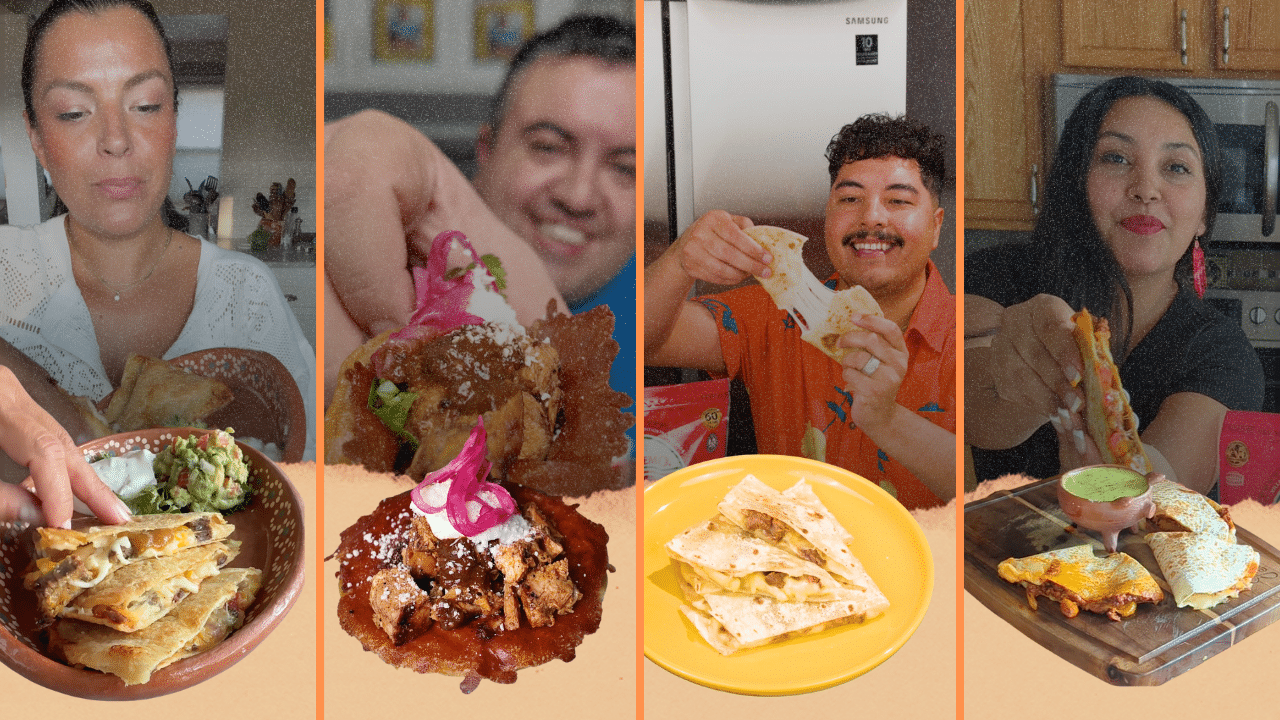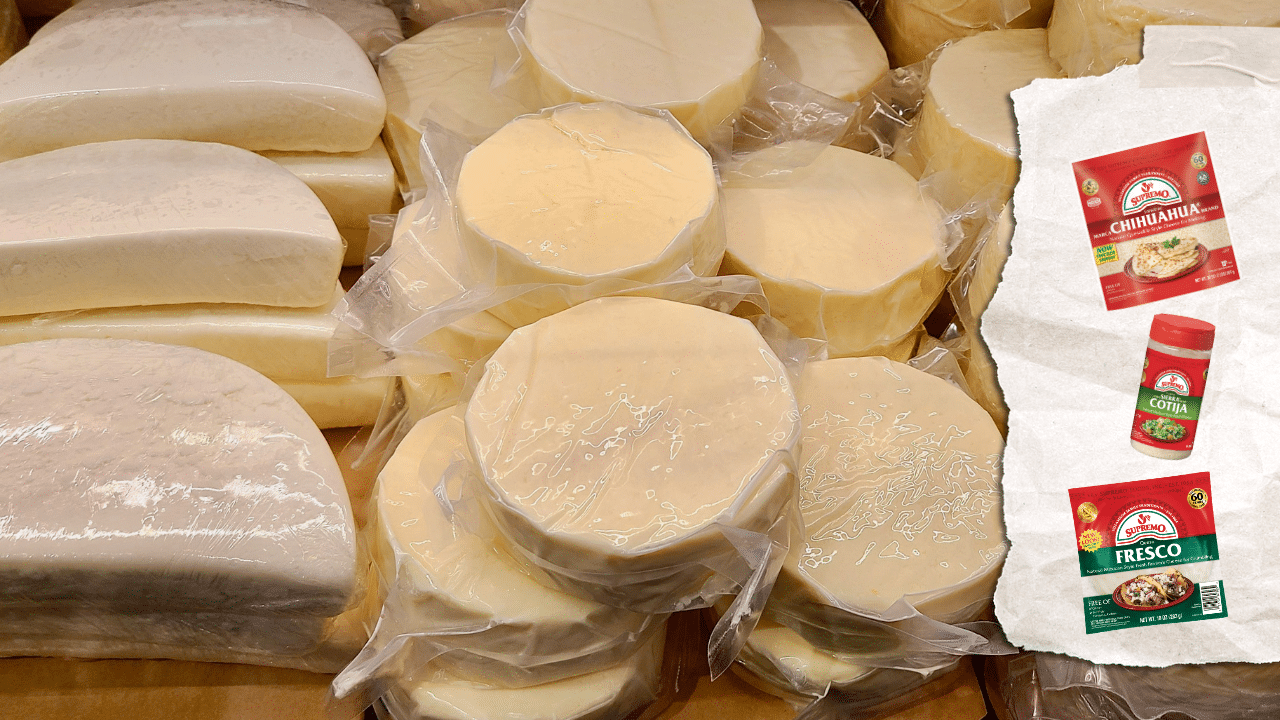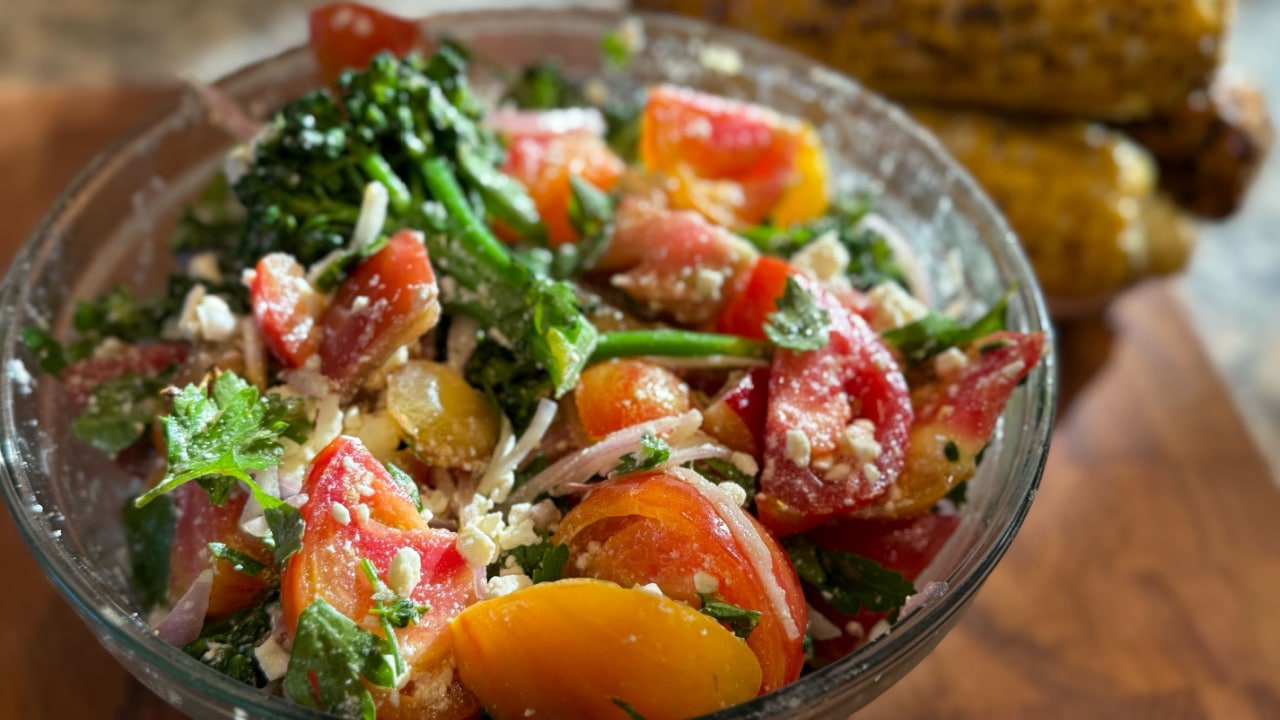Latino Families May Face Higher Arsenic Exposure Through Rice — And Many Don’t Know It
For many Latino families, rice is more than just a side dish — it’s a daily staple, a comfort food, a cultural anchor. Arroz con pollo, arroz blanco, arroz con leche — it shows up at every table, every occasion. But a new report might have families rethinking what they’re serving. And most haven’t even heard about the problem.
Rice is a cultural staple — and a hidden source of arsenic
A recent report from Healthy Babies, Bright Futures, shared exclusively with CNN, found dangerously high levels of arsenic and cadmium in store-bought rice across more than 100 U.S. brands. For Latino kids under 2, this grain accounts for 14% of their arsenic exposure, nearly double the national average of 7.5% for all children that age.
“Even at low levels, both arsenic and cadmium have been linked to serious health harms, including diabetes, developmental delays, reproductive toxicity, and heart disease,” said Jane Houlihan, the organization’s research director.
According to the report, one in four samples of store-bought grain exceeded the FDA’s safety threshold for inorganic arsenic — the most toxic form of the element — in infant rice cereal.
Rice and arsenic exposure hit Latino families harder
While the FDA has regulated arsenic levels in infant cereal since 2021, it hasn’t applied those limits to the grain that families cook and serve daily. That’s a major gap, especially for Latino communities, who consume this grain more frequently than the general population, according to the data.
“In fact, many of our full-time staff were not even aware of the dangers of arsenic in rice,” said Juan Roberto Madrid, an advocate with the environmental justice group GreenLatinos, which partnered on the study. “Our communities must understand what arsenic does to babies and that there are alternatives available. This is not a cause for alarm, but rather a cause for concern.”
And the health implications go deep. The American Academy of Pediatrics warns that early-life exposure to arsenic, including during pregnancy, can increase risks of miscarriage, stillbirth, preterm birth, developmental delays, and neurocognitive disorders.
What kind of rice is safest?
It turns out that not all rice is created equal. The study found that brown and wild varieties contained the highest levels of arsenic. That’s because heavy metals tend to concentrate in the outer layers of the grain — layers that the white rice processing removes.
Even among white varieties, there are major differences depending on where they’re from. California-grown Calrose and sushi rice had the lowest levels of arsenic and cadmium in the entire report, according to Houlihan. On the other hand, researchers found white grain grown in the Southeast U.S. and Italy’s Arborio rice have arsenic levels almost as high as brown.
Basmati rice from India and jasmine from Thailand were generally safer, but the report noted some samples still had high cadmium content.
What else can families do to reduce arsenic in rice?
There’s an easy kitchen fix that makes a big difference. Houlihan recommends cooking the grain like pasta — using 6 to 10 cups of water for every cup of rice and draining the excess after cooking. That method can remove up to 60% of the arsenic. Soaking the rice beforehand helps even more.
However, the report also warns that instant, parboiled, or packaged “ready-to-eat” rice may contain additional toxins due to processing and plastic packaging.
Still, experts note that rice isn’t the only source of exposure. Fruits, vegetables, and juices also contribute to dietary arsenic, but because those come from many different sources, rice remains the single largest food contributor.
Rice alternatives? There are options, but equity matters
The report tested 66 samples of ancient grains like amaranth, farro, quinoa, and millet. On average, these grains had 28 times less arsenic than rice, although slightly higher levels of cadmium. Overall, ancient grains had three times less total heavy metals than rice.
But switching grains isn’t always culturally or economically feasible. For many Latino families, rice isn’t just food — it’s tradition.
“Knowing there are dangers of arsenic might make families reconsider their rice choice,” said Gloria Tan, executive director of the Asian Women’s Resource Center in San Francisco. “But that information needs to reach the right people — in the right language.”
Rice and labeling: Why the system isn’t working
Even for consumers who want to make safer choices, labeling isn’t on their side. Most rice brands don’t indicate country of origin or rice type clearly on their packaging, and brand choice didn’t significantly affect arsenic levels in the study.
Houlihan called for stronger federal oversight and clearer labeling laws to protect consumers, especially the families most vulnerable to toxic exposure. Until then, many parents will be left guessing.
“We’re not telling people to panic or cut out rice completely,” Houlihan said. “We’re saying be aware, make informed choices, and push for better protections. Especially for our youngest children — and especially for communities that aren’t always told these things.”




